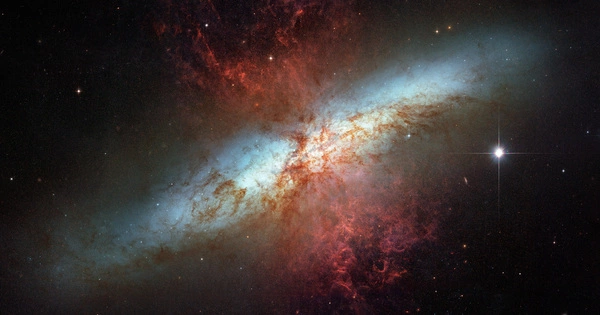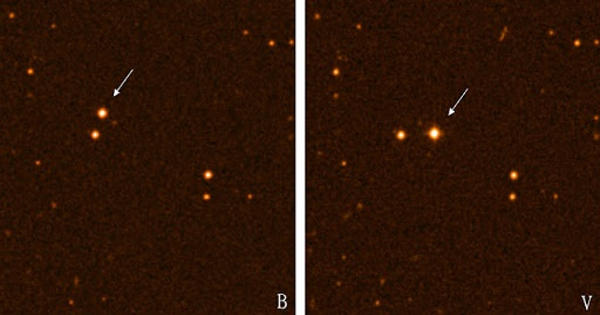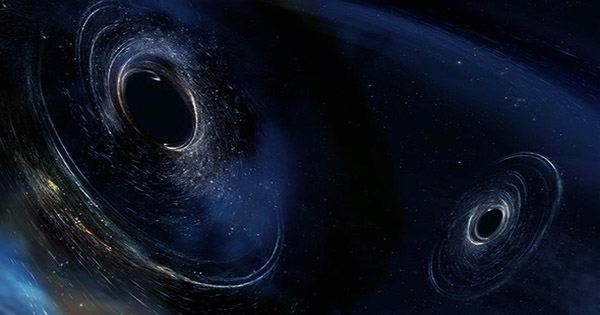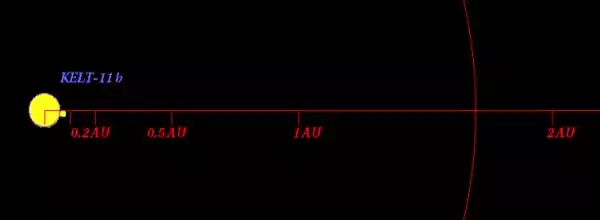A starburst galaxy is one that has an unusually high rate of star production when compared to the galaxy’s long-term average rate of star formation or the rate of star formation found in most other galaxies. The Milky Way galaxy, for example, has a star production rate of about 3 M☉/yr, but starburst galaxies can have rates of 100 M☉/yr or higher.
A starburst galaxy is a type of galaxy distinguished by an unusually rapid rate of star production. The term “starburst” refers to the intense and rapid creation of new stars that happens within these galaxies. This technique has the potential to produce star formation rates that are substantially higher than those seen in ordinary galaxies.
The rate of star creation in a starburst galaxy is so rapid that the galaxy will consume all of its gas reservoir, from which the stars are formed, on a timescale much shorter than the galaxy’s age. As such, a galaxy’s starburst nature is a phase, and it normally occupies a brief period of a galaxy’s existence.
There are various factors that can trigger a starburst in a galaxy. Some of the common mechanisms include:
- Galaxy interactions or mergers: When galaxies approach or collide, gravitational forces can perturb the gas and dust in the galaxies, causing compression of these materials. The pressurised gas and dust then rapidly create stars.
- Accretion of gas: Galaxies can sometimes accrete or collect gas from their surrounds, providing more fuel for star formation.
- Galactic bars: Some galaxies have a central bar-like structure, known as a “galactic bar.” This bar can funnel gas towards the galaxy’s center, where it can fuel a starburst.
- Active Galactic Nuclei (AGN): In some situations, the existence of an AGN (a supermassive black hole at the centre of the galaxy) might stimulate star formation by heating and compressing the surrounding gas.
The vast majority of starburst galaxies are in the process of merging or colliding with another galaxy. M82, NGC 4038/NGC 4039 (the Antennae Galaxies), and IC 10 are examples of starburst galaxies.
The starburst phase is often brief in comparison to the overall lifetime of a galaxy. Due to the huge number of young, massive stars and associated nebulae, the galaxy may be unusually luminous at this era, especially in the infrared and radio wavelengths.
















